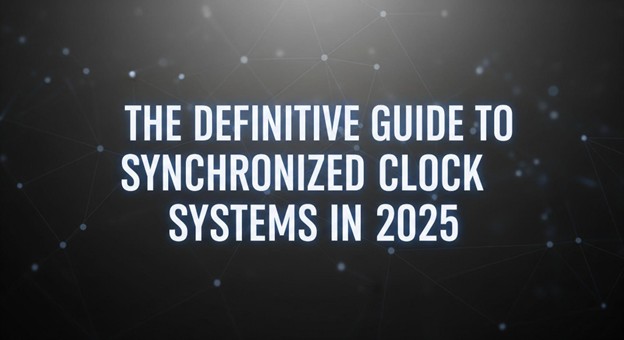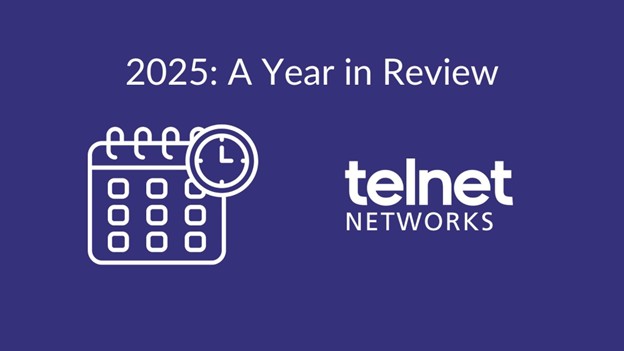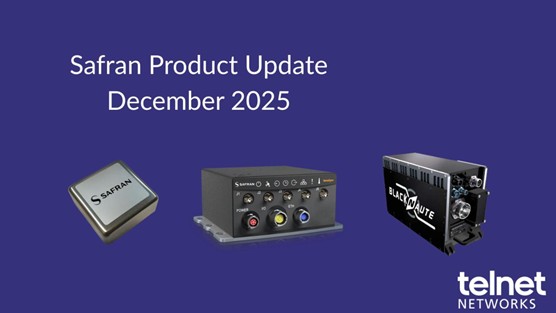Accurate and synchronized timekeeping is more than just a convenience—it’s a critical component of operational efficiency, safety, and compliance. Whether you’re managing a school, hospital, manufacturing facility, or government building, a synchronized clock system ensures everyone stays on the same schedule, minimizing confusion and maximizing productivity.
This definitive guide explores the latest advancements in synchronized clock systems as of 2025—from Wi-Fi and PoE solutions to GPS-based synchronization and centralized management tools. Whether you’re upgrading an outdated system or building from scratch, this guide will help you make informed decisions that align with your budget, infrastructure, and long-term goals.
What are synchronized clock systems
Synchronized clock systems ensure that time remains consistent across all clocks in a building or campus, providing a unified framework for operations. Synchronized clock systems are essential for:
Operational Efficiency – When all clocks display the same accurate time, daily operations run more smoothly—reducing delays, miscommunication, and scheduling conflicts across departments or facilities.
Improved Safety and Coordination – In environments like transportation hubs, schools, or manufacturing plants, synchronized time improves coordination during emergency procedures, shift changes, and public announcements, enhancing overall safety.
Reduced Maintenance and Manual Updates – Centralized time management eliminates the need to manually adjust individual clocks for daylight saving time or power outages, saving time and reducing maintenance costs.



Who uses synchronized clock systems
Synchronized clock systems are essential for maintaining accuracy, efficiency, and coordination across a wide range of industries. By delivering a unified time source, they help organizations streamline operations, improve communication, and ensure everyone is working from the same schedule down to the second. From fast-paced medical facilities to structured educational institutions and industrial facilities, synchronized timekeeping plays a critical role in keeping complex environments running smoothly.
Synchronized clock systems are best used in:
- Schools
- Government Buildings
- Hospitals
- Office Buildings
- University and College Campuses
- Public Transit
- Airports

The Benefits of a Synchronized Time System
Time synchronization is more than just a technical luxury—it’s a business necessity. A synchronized time system ensures that every clock, device, and system across an organization runs on the exact same time, down to the second. This alignment offers a wide range of benefits across industries:
1. Improved Operational Efficiency – When every department and device operates on the same schedule, coordination becomes seamless. Meetings start on time, breaks occur at the specified times for all, shift changes occur without confusion, and workflows move smoothly from one stage to the next. This level of consistency minimizes downtime and prevents costly delays.
3. Reliable Communication and Collaboration – In large organizations or across multiple sites, even minor time discrepancies can disrupt communication. With synchronized time, teams in different locations can collaborate more effectively, knowing that scheduled calls, data transfers, and deadlines align precisely.
4. Increased Accuracy in Data and Reporting – In environments that depend on accurate data—such as transportation, logistics, and IT—synchronized time ensures that events are recorded in the correct sequence. This eliminates errors in analytics, helps maintain data integrity, and supports better decision-making.
5. Public Safety and Emergency Response – For schools, hospitals, and public buildings, synchronized clocks ensure that emergency protocols are executed with precision. During drills or actual emergencies, the difference between a few seconds can be critical. Unified timing supports coordinated responses that can save lives.
Types of Synchronized clock systems
| Clock Type | Key Features | Manufacturers | Pros | Cons |
| Wi-Fi | Synchronize over Wi-Fi; no added cabling. Analog can be battery powered | Bodet, Sapling | Easy to install; remote management; cost-effective | Dependent on Wi-Fi network reliability |
| Power over Ethernet (PoE) | Receives power and data via Ethernet; uses NTP protocol | Bodet, Sapling, Novanex | Simple installation; no batteries; remote config | Requires Ethernet infrastructure |
| Wired | Time distributed via physical wiring low voltage or 120V from master clock | Sapling, Bodet | Immune to wireless interference; very reliable | Installation complexity; less flexible for upgrades |
| Wireless | Syncs via wireless network to NTP; often no master clock needed | Sapling, Bodet | Flexible; no wiring needed; easy remote config | Vulnerable to Wi-Fi interruptions; requires strong network |
Both analog and digital clocks are available in a variety of configurations to meet different needs. Analog models come in 9″, 12″, 16″, and 25″ sizes with customizable dial hands, as well as square or round shapes. Digital clocks are offered in 2.5″ or 4″ digit heights, with 4- or 6-digit displays, and are available in red, green, white, amber, yellow, or blue.

Who uses each type of system
| Clock Type | Ideal Users | Why It’s a Good Fit |
| Wi-Fi Synchronized Clocks | – Schools – Hospitals – Government offices – Medium-sized businesses | Wi-Fi infrastructure is already in place, and installation with minimal disruption is important. Centralized management is also valuable. |
| Power over Ethernet (PoE) Clocks | – Universities – Healthcare facilities – Corporate campuses – Airports | Organizations with Ethernet infrastructure who want a clean, reliable, and scalable time solution with centralized power control. |
| Wired Synchronized Clocks | – Industrial plants – Correctional facilities – Government buildings – Utility companies | Environments that prioritize reliability, minimal wireless interference, and long-term performance under strict regulations. |
| Wireless Synchronized Clocks | – Historic buildings – Multi-building campuses – Renovation projects – Schools and offices with limited wiring access | These users need flexibility and simplicity—especially where running cables is impractical or cost-prohibitive. |
Key Sync Clock Vendors

Bodet – A leading European manufacturer known for its high-quality, precision timekeeping systems that blend modern design with industrial-grade performance. Offering a full range of synchronized clocks including wired, Wi-Fi, and PoE options. Bodet specializes in solutions for schools, hospitals, transportation hubs, and industrial environments. Their systems are designed for easy installation, low maintenance, and seamless integration with modern IT infrastructure, making them a trusted choice for organizations across the globe.

Sapling – Sapling is a U.S.-based innovator in synchronized clock systems, offering versatile solutions such as wired, wireless, Wi-Fi, and PoE clocks tailored for educational, healthcare, and institutional environments. Known for user-friendly technology, Sapling’s systems often include remote web-based management and flexible integration with network time protocols. Their reliability, ease of use, and scalable design make Sapling a popular choice for facilities that demand precision and centralized control.

Novanex – Novanex specializes in PoE digital clocks that deliver highly visible, accurate time displays for enterprise, healthcare, and public sector environments. Their focus on Power over Ethernet technology allows for streamlined installation and centralized management, reducing complexity while ensuring consistent synchronization across a network. Novanex clocks are particularly valued for their simplicity, reliability, and ability to integrate cleanly into modern IP infrastructures.
How much do synchronized clocks cost
| Clock System Type | Typical Price Range (per unit) | Notes on Pricing |
| Wi-Fi Synchronized Clocks | $300 – $1034 | Wi-Fi clocks are cost-effective for smaller systems where a master clock may be cost-prohibitive. Price depends on display (analog vs digital), features, and build quality. |
| Power over Ethernet (PoE) Clocks | $351 – $872 | Slightly more than Wi-Fi due to PoE components. Digital displays and additional features (e.g., countdown timers) increase cost. |
| Wired Synchronized Clocks | $154 – $842 | Lower hardware cost, but installation may require infrastructure investment and additional specialized labour. Requires a master clock which may make smaller systems more expensive overall.. |
| Wireless Synchronized Clocks (Proprietary RF) | $230 – $952 | Prices are similar to PoE clocks; require transmitters or master clocks. Reliable in large or multi-building setups. |
Some clock systems may require a master clock or local NTP server. Prices for these devices range from $2,000 to $6,000 in most cases.

Synchronized clock systems are more than just timekeepers; they are foundational to the reliable operation of modern infrastructure. Understanding the technologies, security considerations, and applications of these systems is crucial for organizations to maintain efficiency and compliance in an increasingly time-sensitive world. If you are looking for a synchronized clock system, please reach out to our sales team for a free consultation and to get a quote.






